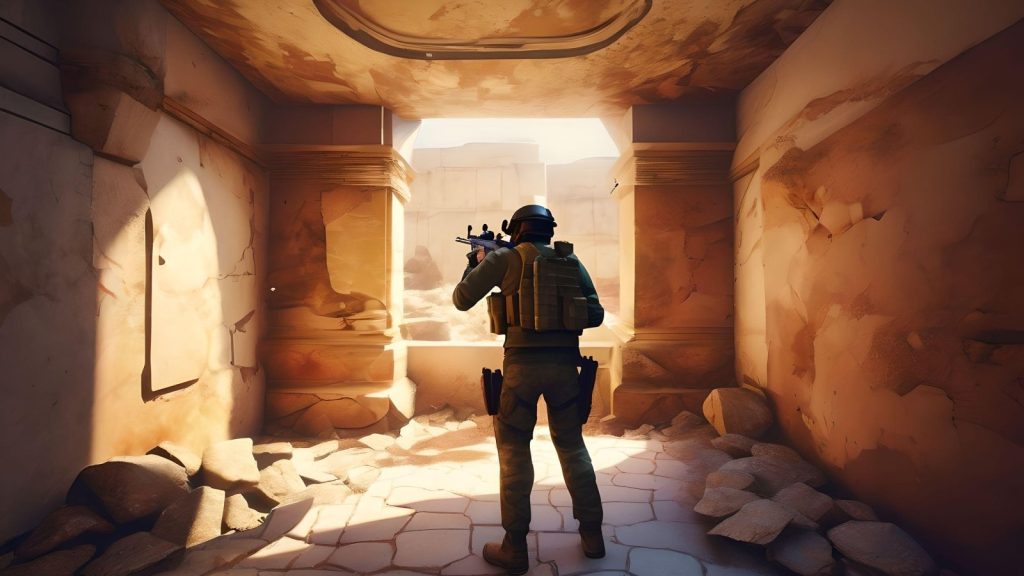In today’s fast-paced digital world, cryptocurrency trading has become not only a financial opportunity but also a dynamic and engaging experience. Whether you are a seasoned trader or just starting out, understanding the intricacies of the market can be a daunting task. However, integrating gaming elements can make the process more enjoyable and less overwhelming. These games are designed to mimic real-world trading conditions, allowing users to experiment with strategies, understand market movements, and develop their skills without the risk of losing real money. By immersing players in a virtual trading environment, these games often include simulated markets, real-time data updates, and educational tools to enhance learning and strategic thinking. Playing these cryptocurrency games provides not only a sense of challenge but also a chance to practice skills that are directly transferable to actual trading. Players can start with a virtual portfolio and gain experience in making decisions based on price charts, historical trends, and news analysis.
The games often come with tutorials and missions that guide users through the basics of trading from placing orders to managing risk. As players progress, they can unlock new features and tools, such as advanced indicators, portfolio management tools, and access to live market data. This learning process is further enhanced by competitive elements, where players can compete against friends or the game’s community, allowing them to test their knowledge in real-time scenarios. Moreover, these games can serve as a gateway to the world of cryptocurrency for those who may be intimidated by the complexity of traditional trading platforms. They provide a safe space for beginners to familiarize themselves with concepts like volatility, liquidity, and the impact of news on market prices. By offering a user-friendly interface and intuitive controls, the best meme coin for 2025 games make it easier for newcomers to grasp how different factors influence asset prices. As players become more comfortable, they can start exploring more sophisticated strategies and tools.
Some games even feature quizzes and challenges to test users’ understanding of market behavior and risk management, thereby reinforcing knowledge boosting confidence. Engaging with cryptocurrency through games also helps in developing a psychological edge. Traders often struggle with emotions such as fear and greed, which can lead to poor decision-making in real markets. By using virtual currencies in a game, users can experience these emotions in a controlled environment, learning how to manage them effectively. This aspect of gaming helps users to develop discipline and patience, critical traits for long-term success in trading. The feedback loop provided by these games – where players see the outcomes of their decisions in real time – also aids in honing their decision-making skills. This immediate response encourages users to reflect on their choices what is the best meme coin to buy right now? adjust their strategies, and learn from their mistakes without financial risk. The community aspect of these cryptocurrency games also adds a layer of engagement. Players can join forums, participate in leaderboards, and discuss strategies with others who are also navigating the complex world of digital currencies.






